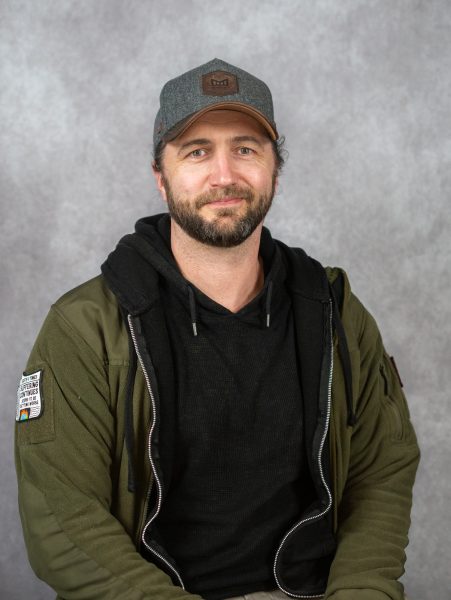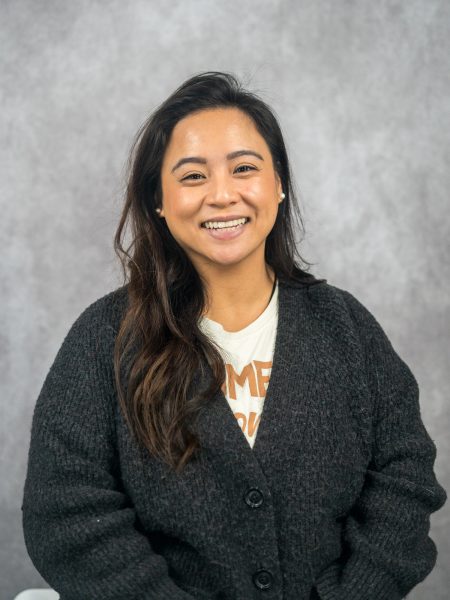Santa Rosa Junior College’s Computer Science Department Career Education Advisory Committee discussed strategies to counteract waning enrollment numbers and the advent of artificial intelligence courses via Zoom on Feb. 24.
The advisory committee’s goal is to seek grant funding and ensure SRJC’s training remains relevant to the job market, providing a platform for educators and industry figures to discuss changing trends in industries that use technology.
The committee consists of SRJC faculty and staff alongside representatives from Sonoma State University and the technology departments of regional employers including Amy’s Kitchen, Exchange Bank and Sonic – an internet service provider founded by SRJC graduates.
According to Mike McKeever, SRJC computer studies department chair, full time enrollment numbers have dipped to around 14,000 from the ideal figure of 17,000.
Santa Rosa City Schools will close several campuses and consider layoffs for 150 faculty and staff due to a steady loss of students to charter schools, families moving out of the area, and low birth rates, according to a public statement by SRCS.
Similarly, SSU is also experiencing budget cuts that have seen the loss of several departments and all inter-collegiate athletic programs. The school merged the computer science and electrical engineering departments as part of the restructuring, according to SSU computer science professor Susan Rivoire.
McKeever and his colleagues are working hard to avoid that outcome for SRJC.
“We do not want to reduce our faculty load number, because that means reducing classes,” McKeever said. “If we reduce classes, then we have fewer students coming and it kind of becomes this downward spiral.”
Part of his strategy to prevent this is to rebrand computer science classes in a way that speaks to student’s needs. As an example, he said administrators recently renamed a Photoshop class “Photoshop for Profit” to convey to students the class covers monetizable skills.
Another tactic SRJC has employed to boost enrollment is engaging students earlier in their academic career.
SRJC administrators offered online courses to high school students in tandem with their ninth to 12th grade studies through the College and Career Access Pathways (CCAP) program. Dual-enrolled students are able to earn credits toward an associate degree, vocational certificate, or transfer credits toward a four-year university during their regular bell schedule.
“We’re trying to encourage students who might not otherwise take a class to come and have a whole other opportunity in their lives by going to college and increasing their job potential,” McKeever said.
While SRJC administration dropped some classes from its computer studies curriculum, they have been limited to highly specialized electives that are touched on in other subjects.Those classes may quickly be replaced by an entirely new course of study in the burgeoning field of artificial intelligence.
McKeever and his staff are currently reviewing a course of eight sections designed and compiled by faculty and industry figures from around the Bay Area as well as the Bay Area Community College Consortium. If the review is successful, SRJC could add an AI qualification that would be attractive to students while also relevant to transfer schools and employers.
Rivoire said that the addition of AI related courses is part of SSU’s presidential initiative to update their curriculum.
Later in the meeting, Megan Rhodes, a job developer in SRJC’s career development center, raised the issue that entry level positions in technology are often advertised as requiring three to five years experience leaving recent graduates feeling shut out.
Brian Kreck, owner of web design agency Budbreak Creative, advised that presenting a portfolio of work when applying can often suffice, even if the work wasn’t for a client.
Andrea Luoma, help desk analyst for Exchange Bank, said “a resource to translate what was learned in a course that is relevant to the industry,” could alleviate this issue.
Jack Wanke, network operations center manager at Sonic, and Morgo Brown, senior engineer at Amy’s Kitchen, both agreed with Luoma’s point.





